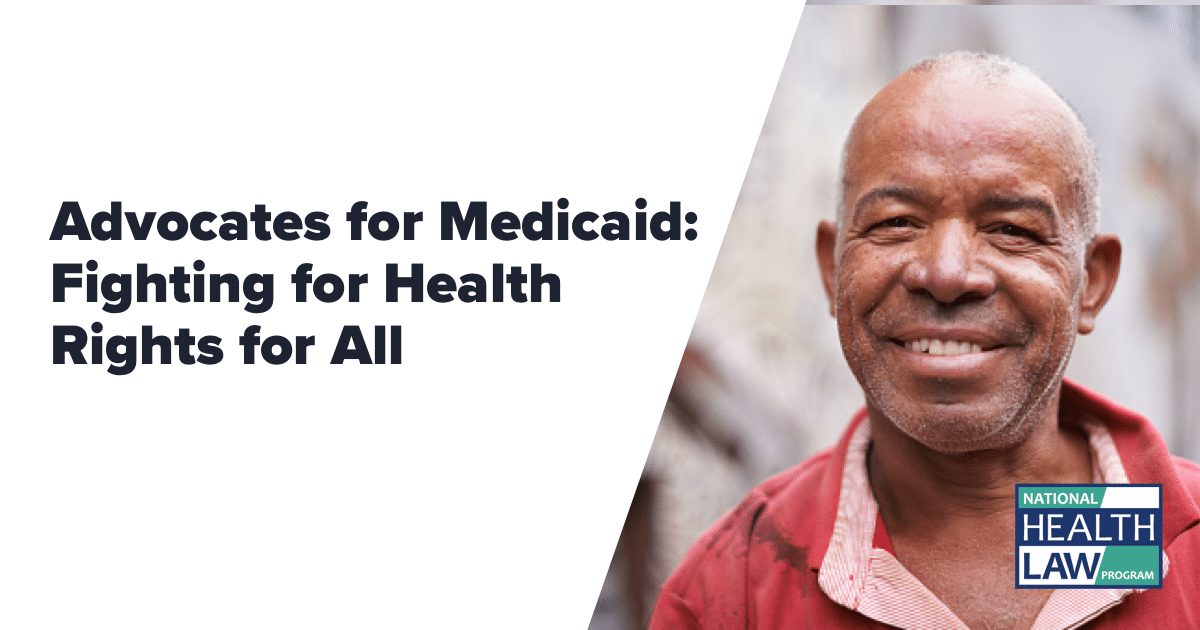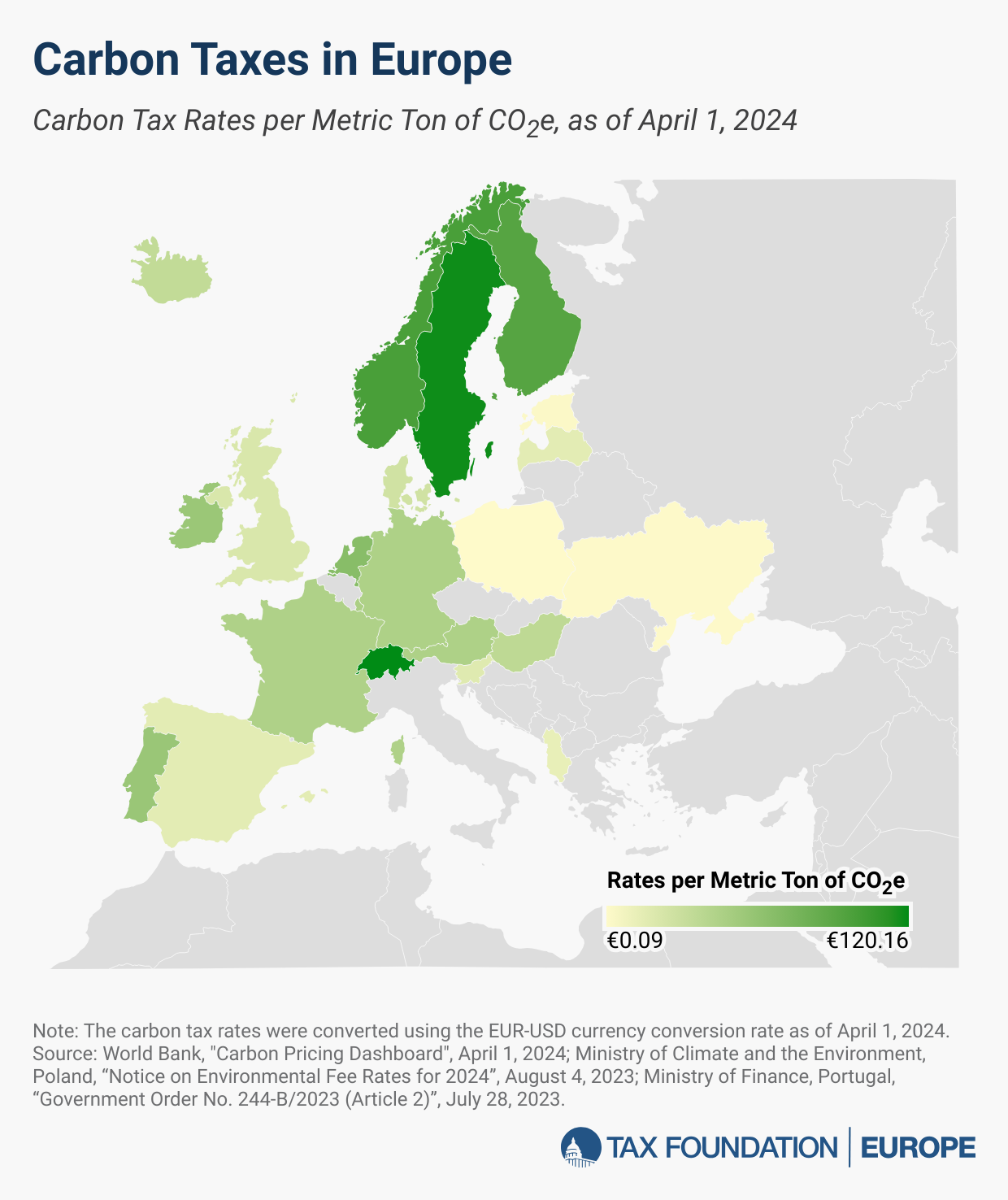Healthcare Dilemmas and Interviews: The Intersection of Disability and Poverty
This blog is part of our Working Better Together series and was authored by Dr. Sherry Thompson, Story Collective Writer at Legal Aid of Arkansas. This blog series is intended to provide our Health Law Partnerships with a platform to highlight successes, challenges, and innovative approaches to furthering health access and health equity in the states where they work.
The “Medicaid Experiences” project referenced in this blog series is a collaborative endeavor of the National Health Law Program and eight state-based legal aid organizations. The purpose is to better understand the direct experience of individuals as enrollees and applicants for Medicaid and advocate for improvements.
“It’s 7 a.m. and I am at my 43-year-old son’s house struggling to care for him. He has muscular dystrophy with respiratory complications, and his suction machine isn’t working properly. I am in a panic. If Joseph isn’t suctioned regularly, he can develop a mucus plug which can block his airway, preventing him from breathing. My son is strong and smart and independent in many ways, but mucus is his Achilles Heel; a constant reminder of the devastation respiratory distress complicated by muscular dystrophy can cause at a moment’s notice. But this day has only begun.” ~Barbara
During the course of the Arkansas’ Medicaid Story Collective project, my interviews with disabled individuals have provided invaluable insights into the profound impact their challenges have on their entire families. I knew about Medicaid programs, such as Home and Community Based Services and AR Home, tailored to meet the unique challenges faced by people with disabilities. I anticipated interviewing people who would mostly worry about getting inadvertently caught up in the looming Medicaid Unwinding (which has now affected hundreds of thousands of individuals in Arkansas). I was not prepared for what I was about to encounter in my interviews.
While Medicaid covers expenses for home health services, delving deeper reveals two often overlooked issues. Firstly, Medicaid’s algorithms determine the allocated hours of assistance each person is to receive, placing limitations on the level of critical care accessible to every individual with disabilities. Secondly, the current shortage of Home Health Providers has translated into clients receiving even fewer hours than those prescribed by Medicaid. These hours are not optional, they’re necessary to help people get to the restroom, to bathe, to prepare and eat a meal, and to maintain medical equipment – all services are geared toward providing essential care for sustaining life. When there are no Home Health Providers to send (or if budget cuts are handed down to clients as reductions in hours), family and friends must sacrifice their jobs and care of other family members to ensure the survival and well-being of this cherished family member. The mother quoted above, left her career to ensure her son receives his needed care and attention. Another mother left her thriving business to temporarily (i.e., several months) move to another state to care for her son full-time when his hours were reduced, and he was being denied the equipment needed to keep him mobile and healthy. Living with a disability encompasses an enduring struggle for survival, often characterized by frustration and sacrifices when medical equipment fails, and critical allocated service hours are not available.
The Medicaid Unwinding added an extra layer of distress as SSI recipients found their services had been terminated. They were required to untangle issues with the Social Security Administration before they could deal with their terminated Medicaid.
Mr. Jackson, who was a bit of an expert at obtaining healthcare on a shoestring prior to qualifying for Medicaid, wasn’t worried about the Medicaid Unwinding. He is qualified to receive Medicaid based on his receiving SSI and was also deemed eligible for Medicaid through his SSA widower’s benefits. Mr. Jackson is over 60 years old, and his health issues have left him wheelchair bound and in need of myriad daily medications. Mr. Jackson receives services from a Home Health Aid through the Program of All Inclusive Card for the Elderly (PACE) program. He was confident his being twice qualified for Medicaid would ensure his health care would not be jeopardized. However, DHS did not understand how SSI Medicaid is supplanted by SSA Medicaid when a client qualifies for both. Along with many other people with severe disabilities who also qualify for SSA, Mr. Jackson’s Medicaid was terminated during the Unwinding. He needed legal help (which he received free from Legal Aid) to untangle the bureaucratic confusion. In the meantime, he had to figure out how to do without.
For Arkansans, people with disabilities were often left scrambling to afford the critical medications and services they needed. And, in telling their stories, they often feel their disability is all that people see.
Shaquita knows the importance of health insurance because she has spent much of her life in emergency rooms. She refers to herself as a “hermaphrodite” because this typically results in her having to spend less time describing the details of her condition to others, unlike when she uses the term, intersex. This is because Shaquita’s condition doesn’t seem to be well-understood by most of the people she meets – and that has been a struggle for her. But as far as she’s concerned it’s all the same, because what it really means in her case is that she experiences a lot of medical problems and people seldom see who she is through the presenting health problems.
I’ve noticed that, when interviewing a person with disabilities, they often worry that the actual person living inside that body will be obfuscated. Everyone likes to talk about who they are, what they love, what they’ve accomplished. We all want to be seen. No one wants to be reduced to one physical aspect of their body. Questions regarding a disability, medical needs, and Medicaid can quickly render a person into a one-dimensional character, a supporting role in his or her own life, rather than the star. Interviews gain depth and complexity when I properly create space for a person by not asking questions that do not showcase the person as an actual person – and letting that person share information regarding their disability in their own time. The same goes for people experiencing poverty.
A young mother who was swept into the opioid epidemic (and contracted hepatitis that doctors refused to treat) was lucky to qualify for Medicaid during the Covid pandemic. The blessing became a curse when the dentist kindly offered to use her Medicaid to extract all her teeth and fit her for dentures. As she waited for her gums to heal so she could attend her fitting appointment, her Medicaid benefits were terminated – and the dentist apologized profusely since he could no longer provide dentures for her.
Sparkling Angel spent her life struggling with severe heart problems and a few other health issues that left her unable to work full-time. Eventually she was too sick to work and was unable to secure health insurance for two years. When she finally applied for SNAP benefits to help feed her children, she mentioned she really needed health insurance. The DHS worker stopped the interview and helped her apply for Medicaid.
Interviewing individuals with physical disabilities demands a nuanced approach infused with sensitivity and empathy, recognizing the unique challenges they may face. Through this process, I’ve come to a profound realization: poverty and disabilities both present formidable barriers which individuals must navigate; often requiring external support and understanding. Just as people with disabilities experience mobility barriers and limits on access to resources, people experiencing poverty experience restrictions on opportunities that perpetuate cycles of disadvantage. In both cases, empathy, advocacy, and tailored solutions are essential in fostering inclusivity and empowering those affected to overcome obstacles and thrive.
All stories mentioned in this article can be found at and were collected as part of the Robert Wood Johnson Foundation’s Collecting Lived Experiences to Inform Medicaid Monitoring and Advocacy through the National Health Law Program.






